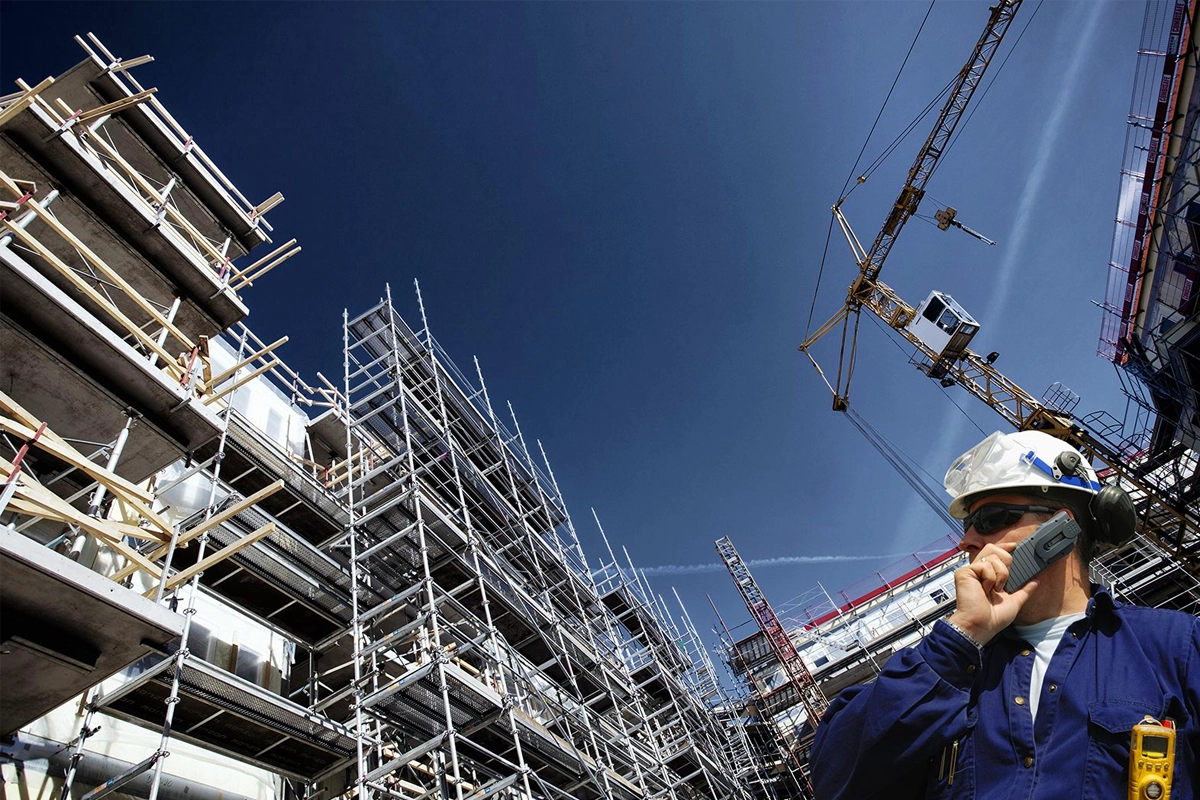Victoria’s property developers are bracing for millions in additional charges, as the government moves to overhaul the state’s infrastructure contribution scheme.
This scheme, which funds essential community infrastructure such as schools, parks, and transport for new developments, has been under scrutiny for over a year. Despite ongoing discussions between the government and the property industry, a consensus has remained elusive, leaving many stakeholders anxious about the future.
The proposed changes aim to ensure that all developments across the state contribute to the cost of infrastructure, making the funding system more consistent and fair. Currently, contributions vary significantly across different regions, creating inequities between developments in established suburbs and those in growth areas. A new pilot program, set to begin on January 1, 2027, will apply these contributions to ten key activity centres, including Broadmeadows, Camberwell, and Frankston, covering all new builds within an 800m catchment area of these commercial hubs.
The government envisions that this reform will generate tens of millions of dollars, which will be reinvested in local infrastructure. As Planning Minister Jacinta Allan explained, “Communities that build more homes should get more funding for things they need. Everyone can contribute, including property developers.” She stressed the need for fairness in the funding system, with developers playing a role in building vibrant, liveable communities, not just homes.
However, the property industry is pushing back, demanding guarantees that the funds raised through these contributions will be used exclusively for community services, not absorbed into consolidated revenue. Stakeholders are also concerned about the speed at which the scheme is being introduced, asking for more time to ensure the model is robust and delivers long-term benefits for all parties involved.
In addition to these new contributions, developers are already making a separate Growth Areas Infrastructure Contribution (GAIC), which applies to areas in Melbourne’s outskirts like Cardinia and Casey. The GAIC, expected to raise $336 million this financial year, will see a steady decline in revenue unless reforms are enacted to bolster funding for crucial infrastructure projects, particularly transport.
Despite the controversy, a coalition of property stakeholders has acknowledged that the current system is inconsistent and often delays funding for critical infrastructure. By making contributions more predictable and transparent, the government hopes to ensure that as Victoria grows, its infrastructure keeps pace with the rising demand, ultimately benefiting both developers and the broader community.
While the proposed reforms have sparked debate, it’s clear that a balance must be struck between ensuring developers contribute fairly and maintaining the industry’s capacity to meet growing housing needs. This ongoing dialogue is crucial to securing a sustainable future for both Victoria’s infrastructure and its property sector.












